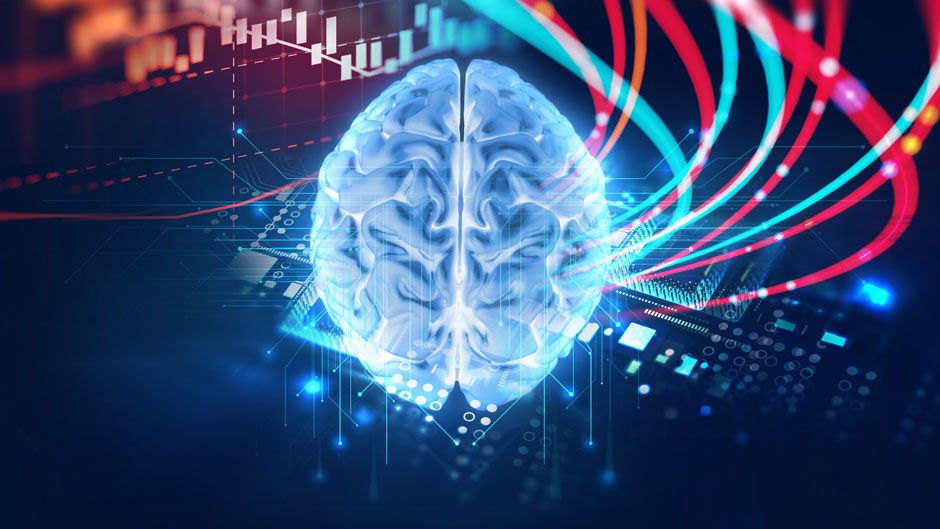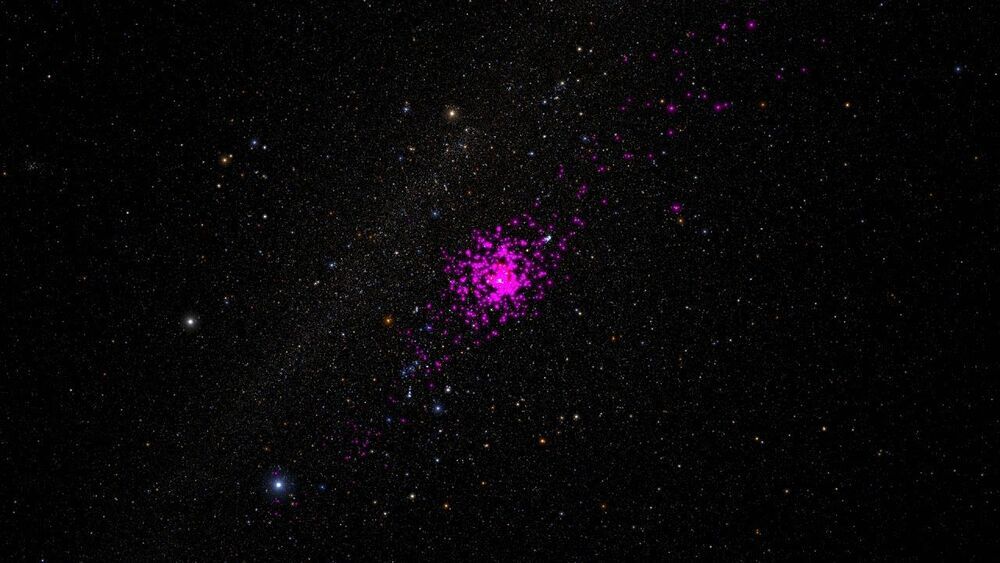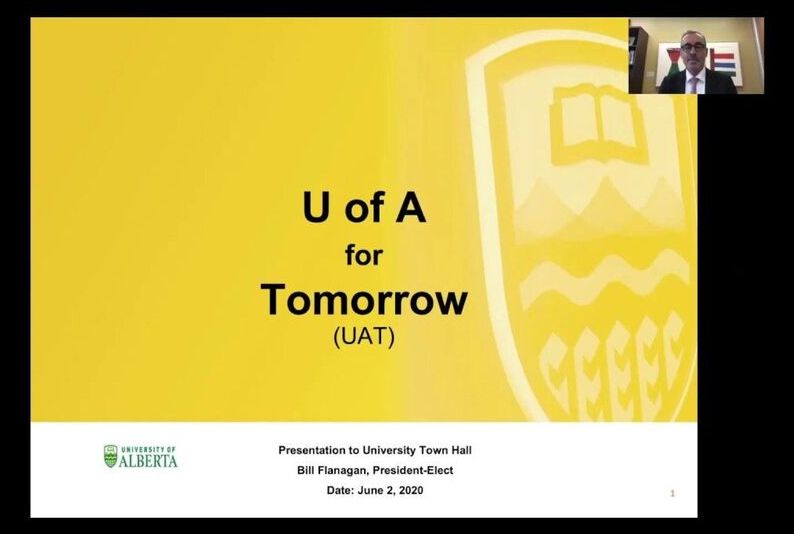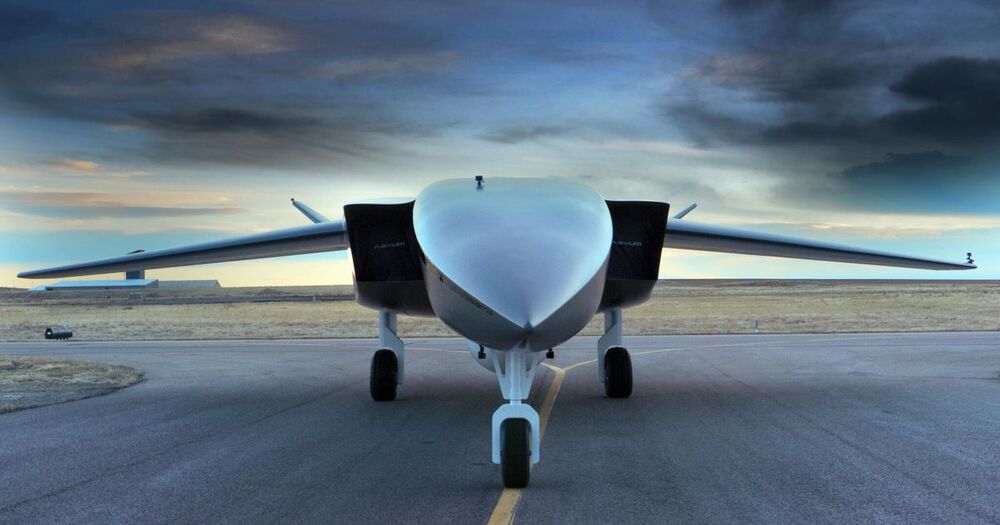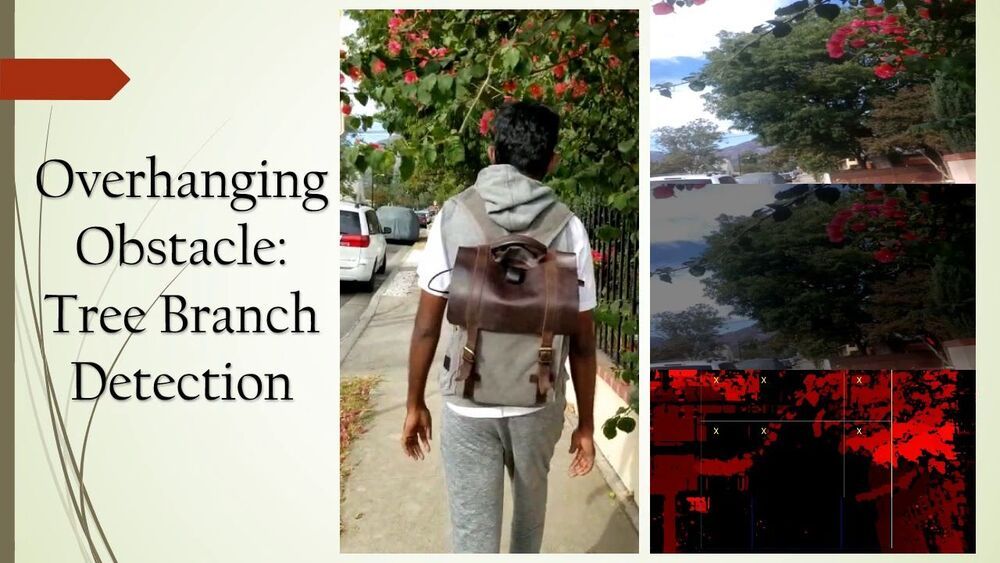Mar 27, 2021
Researcher finds a better way to tap into the brain
Posted by Saúl Morales Rodriguéz in categories: nanotechnology, neuroscience
Using a new class of nanoparticles that are two thousand times thinner than a human hair, Sakhrat Khizroev, a professor of electrical and computer engineering at the University’s College of Engineering, hopes to unlock the secrets of the brain.
The neurosurgeon who examined Sakhrat Khizroev after he lost his eyesight in a horrible accident told the young scientist that his vision would come back slowly. Then, after months of living in darkness, it finally started to return.
At first, the images were blurry and fragmented, as if someone were looking through a narrow window and seeing only part of a picture. But with each passing day, everything Khizroev looked at appeared clearer, sharper.
